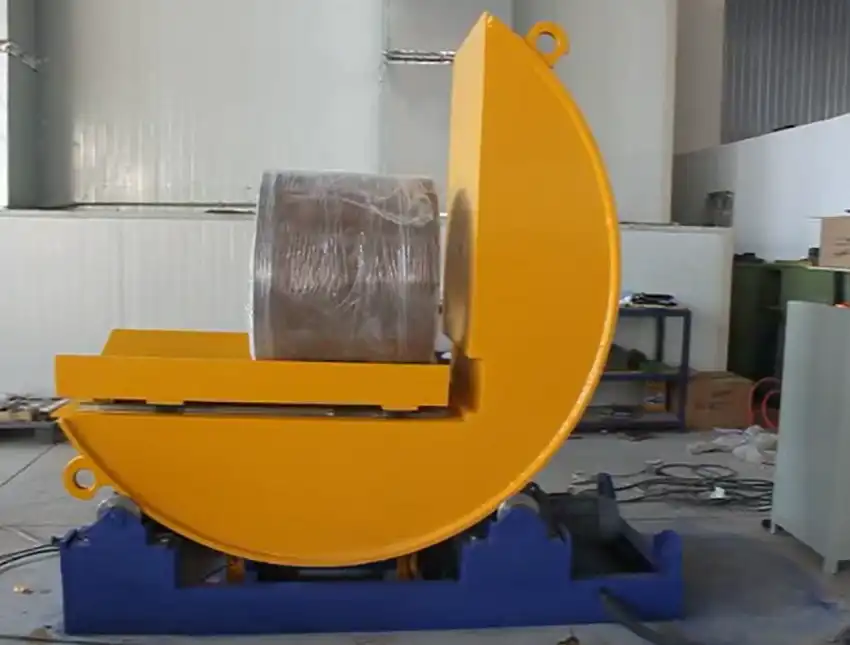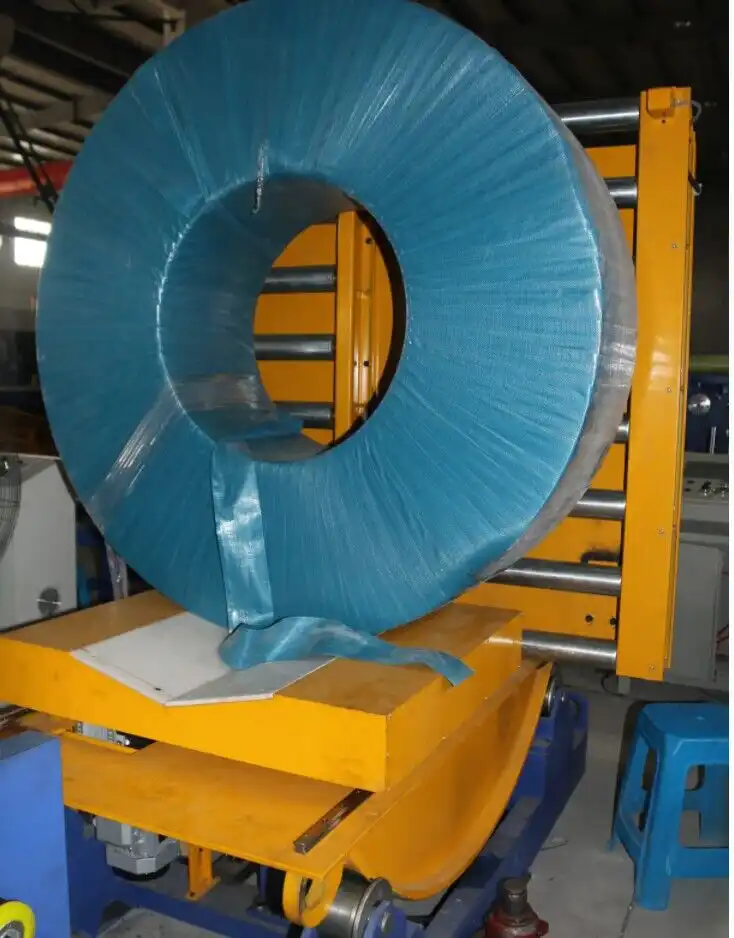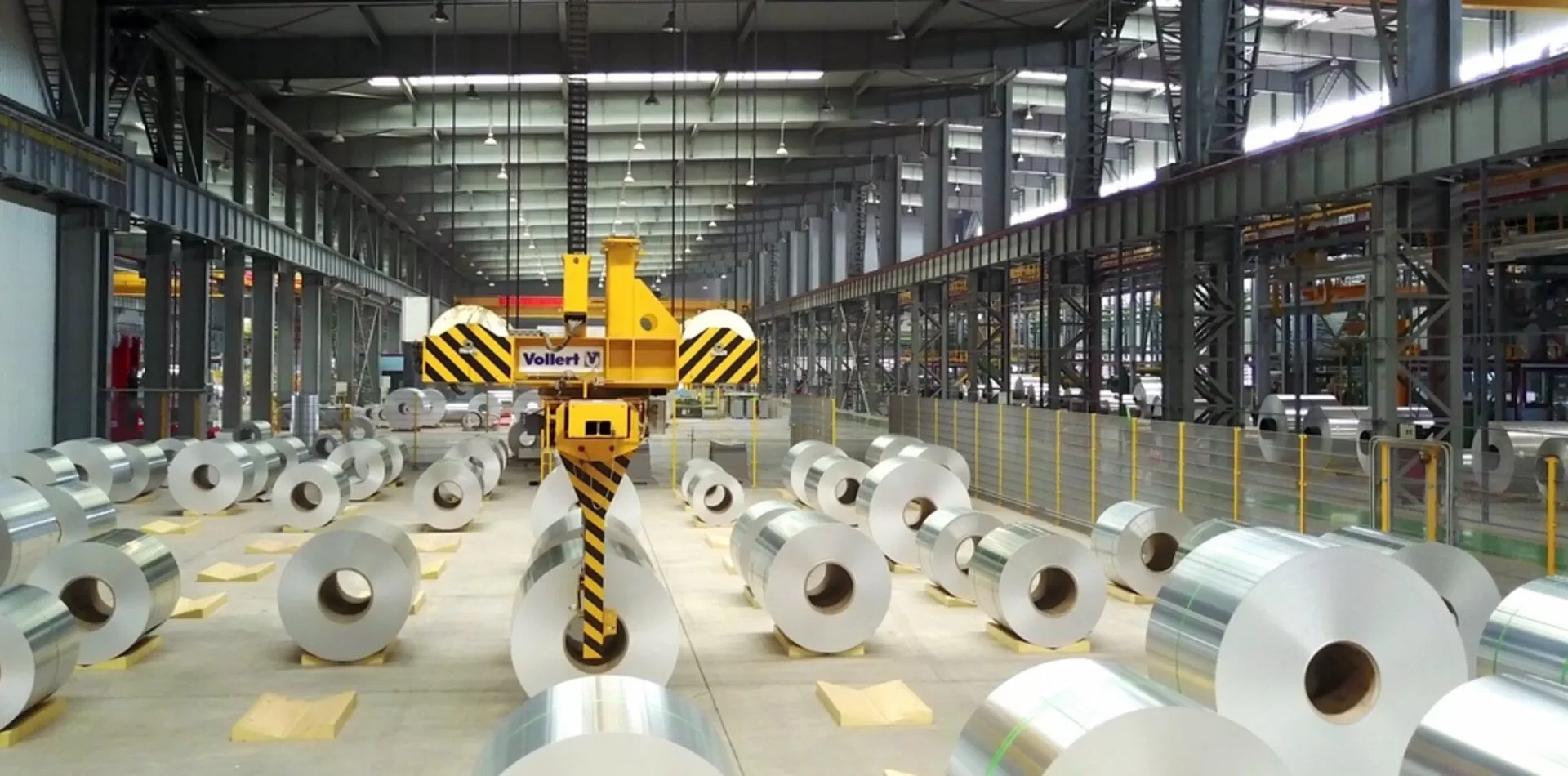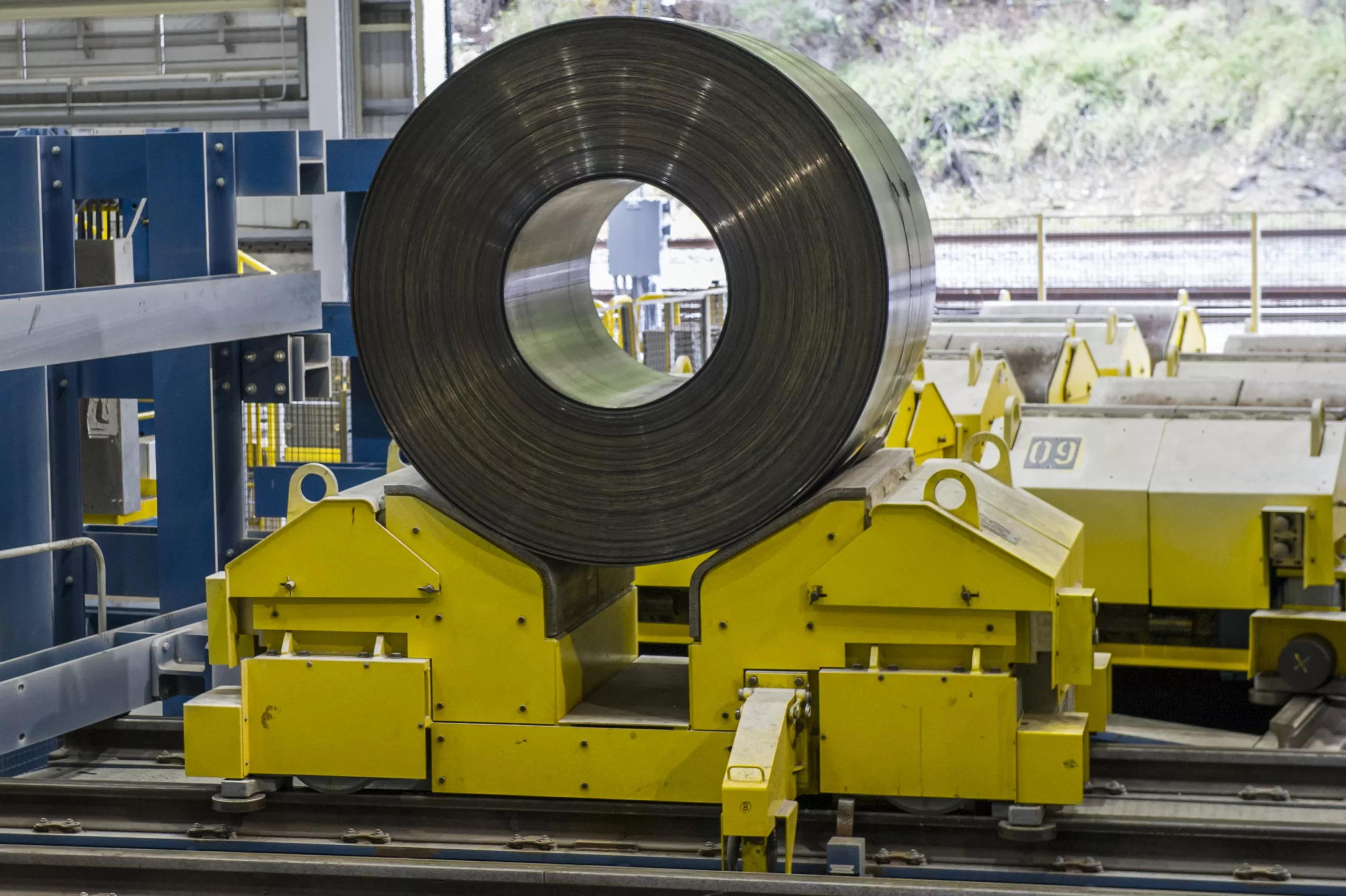Transporting steel coils requires proper planning and attention to detail. If done incorrectly, it can lead to damages or safety hazards. What are the best practices for transporting steel coils?
Transporting steel coils safely requires choosing the right equipment, securing the coils properly, and optimizing the process to ensure efficient and damage-free transport.

Efficiently transporting steel coils is a critical aspect of handling these heavy and sometimes delicate items. Ensuring the right precautions are in place not only safeguards the coils but also promotes smoother operations in your production cycle. Let's dive into the best practices for moving steel coils with minimal risk.
Choosing the Right Transport Equipment for Steel Coils
Choosing the right equipment is the first step in ensuring that steel coils are transported safely and efficiently. With the right tools, you can minimize risks such as coil damage, misalignment, or accidents during transport.
Selecting the right transport equipment is crucial for safe and efficient movement of steel coils. Using specialized equipment such as coil carriers or flatbed trucks can prevent accidents and damage.

Why Choosing the Right Transport Equipment Matters
The right transport equipment provides stability, safety, and efficiency. Here are a few reasons why it is important:
- Safety: Coils are heavy and need strong equipment that can securely carry the load. Using improper transport tools can cause accidents or equipment failure.
- Efficiency: Choosing the right transport tools can speed up the process, reducing the time and labor costs involved in moving the coils.
- Damage Prevention: Specialized equipment like coil carriers and lifting hooks are designed to handle coils without damaging them. This reduces the chances of dents, scratches, or other forms of damage.
By selecting the appropriate equipment, you ensure that your steel coils are moved safely and efficiently, reducing both the risk of injury and the potential for costly damages.
Securing Steel Coils for Safe Transport: Key Considerations
Once the right transport equipment is chosen, the next key step is ensuring that the steel coils are properly secured. Securely fastening the coils is critical to prevent them from shifting during transit, which can cause accidents or damage.
Properly securing steel coils is essential for preventing movement during transport. Using straps, chains, or clamping devices ensures the load stays in place and is not subject to unnecessary stress.

Key Considerations When Securing Steel Coils
When securing steel coils, consider the following:
- Use of Straps and Chains: Ensure that steel coils are secured with durable straps or chains that can handle the weight. These tools keep the coil from shifting or rolling during transportation.
- Positioning of Coils: Coils should be placed in a way that distributes the load evenly. If the coils are not evenly placed, the transport vehicle may experience uneven weight distribution, which can affect its balance and stability.
- Clamping Devices: Using clamping devices is another effective way to prevent the coils from shifting. These devices hold the coils in place securely, ensuring they don’t move during transit.
By following these best practices for securing steel coils, you minimize the risk of accidents and ensure that the coils arrive at their destination in the same condition they left in.
Optimizing Transport Efficiency: Best Practices for Moving Steel Coils
Transporting steel coils is not just about safety; efficiency also plays a big role. Optimizing the transport process can lead to reduced operational costs and faster turnaround times.
Optimizing the transport of steel coils ensures quicker delivery and reduces unnecessary operational costs. Streamlining loading, unloading, and route planning can enhance the efficiency of the entire transport process.

Strategies for Optimizing Steel Coil Transport Efficiency
Here’s how to optimize the efficiency of steel coil transportation:
- Efficient Loading and Unloading: Streamlining the loading and unloading process ensures minimal delays. Using automated systems or mechanized devices can help speed up these operations.
- Route Planning: Plan transport routes carefully to avoid delays. Avoid routes that are prone to traffic jams or difficult terrain, which can delay the transport process.
- Vehicle Capacity: Ensure that the transport vehicle is capable of carrying the weight and number of coils. Overloading a vehicle can result in delays, equipment failure, or safety hazards.
Optimizing the transportation process allows for faster deliveries and improved productivity. Efficient transport not only reduces costs but also ensures that your steel coils arrive on time and in perfect condition.
Conclusion
Transporting steel coils requires careful consideration of equipment, securing methods, and process efficiency. By choosing the right tools, properly securing the coils, and optimizing the transport process, you can ensure safe, efficient, and damage-free delivery.